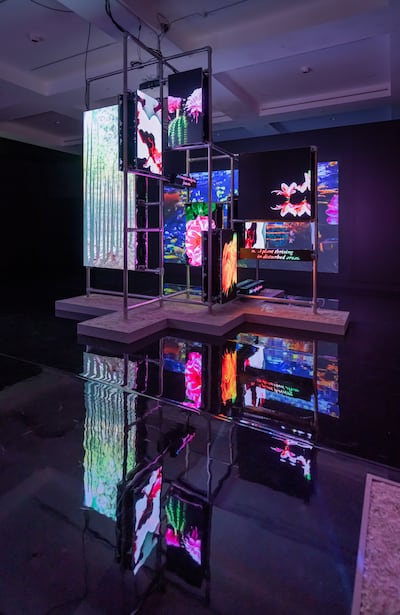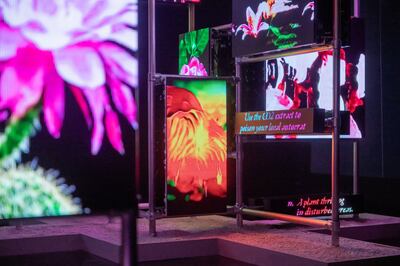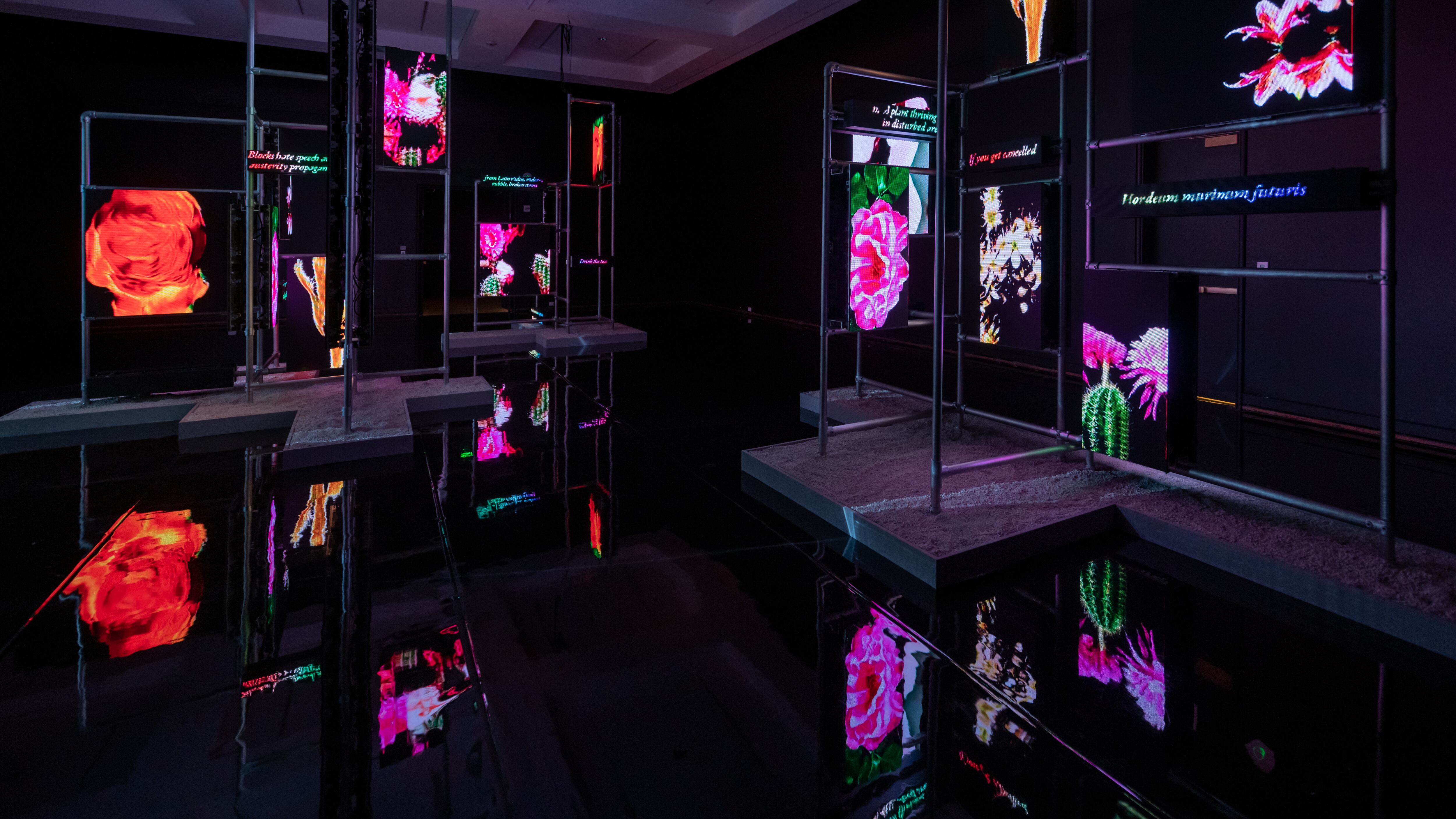This story is published in cooperation with Willamette Week and Portland Art Museum.
Artificial intelligence is evolving, and mimicking human expression at an uncanny rate. In the last few decades, we’ve witnessed the increased presence of AI technology in our day-to-day lives: in grocery stores (you didn’t think the self-checkout machines at Fred Meyer were run by humans, did you?), schools, and restaurants.
The Bag O’ Crab, a seafood boil joint on NE 82nd Ave, recently made headlines after a TikToker visited and discovered that one of their wait staff members was, quite literally, a robot. And, if your office environment is anything like ours, you’ve already traveled down the rabbit hole that is ChatGPT, an AI software capable of writing just as emotively and competently as any human.
For some, this is cause for distress–or perhaps, a sign to proceed with caution. For others, it presents the opportunity to let imaginations run wild.
So we asked our readers: How will Artificial Intelligence change the way Portlanders work, play and live?
“The main goal of AI is to reduce the labor force by either forcing down wages or eliminating the human element entirely. Corporations and their tech partners are not being honest about this,” wrote a reader named Jeff. “It will be a windfall to the 1% ownership class and another blow to the working class. It could be beneficial to society, including the working class, if those benefits are distributed equitably. But, that won’t happen without government regulation or control.”
Ingebrand’s response reflects the concerns of many Portlanders, who feel as though a future with a heavy AI presence is likely to be one that doesn’t benefit them as an individual or the city as a whole. One reader, Marvin, concisely warned, “Think ‘Big Brother’ is bad enough now? You ain’t seen nothin’ yet!”
Many fear that without regulation, AI’s emerging capabilities are sinister, threatening to perpetuate unemployment and drastically diminish interpersonal relationships. Others seem to have a more optimistic perspective.

In fact, a current exhibit at Portland Art Museum features one such individual, acclaimed German filmmaker and writer Hito Steyerl. “This is the Future,” Steyerl’s AI-informed exhibit created in 2019, has made its U.S. debut at the Portland Art Museum.
Opening the exhibit is a short film, featuring an incarcerated woman who captures airborne seeds on crumpled paper to cultivate a garden in her cell. To avoid having her garden confiscated by the guards, the woman hides her sproutlings in the future. There, her plants evolve through the predictive powers of a neural network, becoming efficient remedies for various contemporary social, political, ecological, and technological illnesses.
The film sets the viewer up for the rest of the exhibit: video sculptures showing vibrant, flashing imagery of future types of plants. These images are generated by a neural network, based on the machine learning of thousands of images of plants. The snippets of virtual foliage appear in tandem with short texts describing the healing properties of the plants.
Self-described by Steyerl as having an optimistic perspective on the future, “This is the Future” entertains the long-disputed notion that AI can be positively integrated into our daily lives.
Some of our readers mirror Steyerl’s rosy outlook on AI, holding onto a glimmer of hope that it can be used to improve day-to-day life.
“I think it will be great for children with dyslexia and other learning disabilities. For example, my son has an Individualized Educational Plan (IEP), but the Portland Public Schools never give him the support he needs,” chimes in a reader named Aaron. “Utilizing AI to learn how to generate queries that return essays and other things so that he has to read them, check for mistakes, and make changes could be huge.”

And still, others paint an even more utopian picture, believing there would be a massive benefit from letting AI dictate all human progression.
“It would be great to use AI to operate the City of Portland,” speculates Paul, another reader. “If AI could be objective and consider all the needs and physical requirements of people to prioritize programs across the City, tax dollars could be spent more efficiently.”
It’s safe to say that, while tech moguls may be eagerly awaiting the insurgence of AI, many of us that live, work, and play in Portland are unsure of what to expect. And really, all we can do is imagine the possibilities.
As you ponder AI’s contribution to our collective future, we strongly suggest popping over to Portland Art Museum to check out “This is the Future,” which is on display until Jun. 18. More information can be found here.

